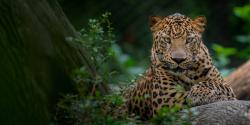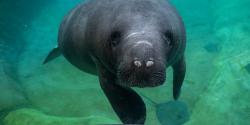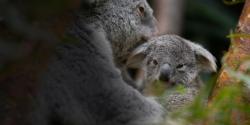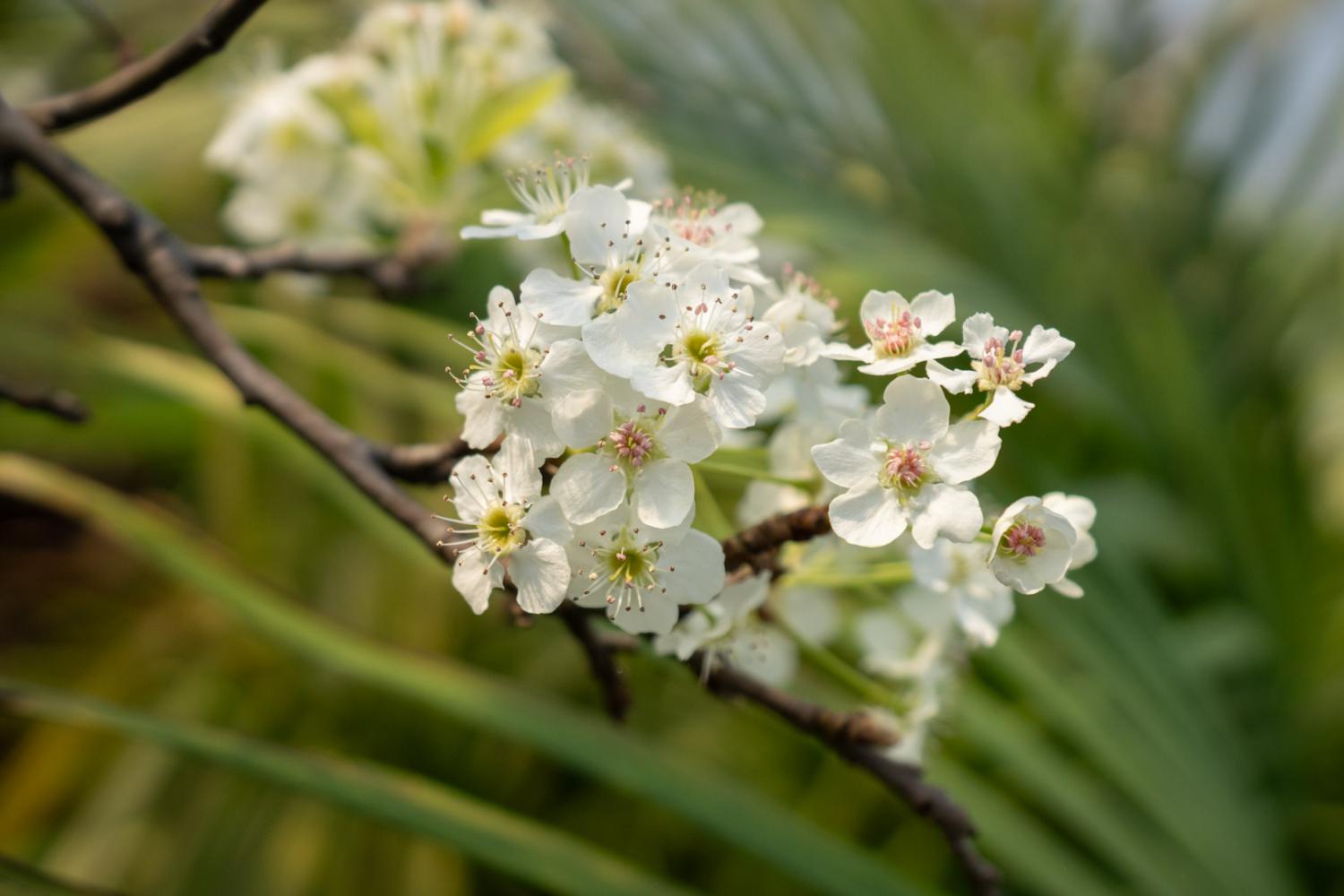
In the heart of Columbus Zoo and Aquarium lies a hidden gem that many visitors may not even realize exists – the greenhouses. These structures, born out of necessity over 20 years ago, play a vital role in the Zoo's journey in conservation while also remaining sustainable and self-sufficient.
Origins of the Columbus Zoo Greenhouses
In the wake of 9/11, the Columbus Zoo found itself facing the need for increased self-sufficiency in terms of animal nutrition. This unprecedented emergency led to general delays in shipping as security measures increased nationwide, including the arrival of plants vital to animal nutrition, like the variety of eucalyptus that is essential for koalas. This led to the decision to review the purpose of the existing on-site greenhouses. Instead of solely storing warm-weather plants over the winter, they would also be used for growing and housing essential nutritional content needed for the diets of endangered and threatened animal species in the Zoo’s professional care.
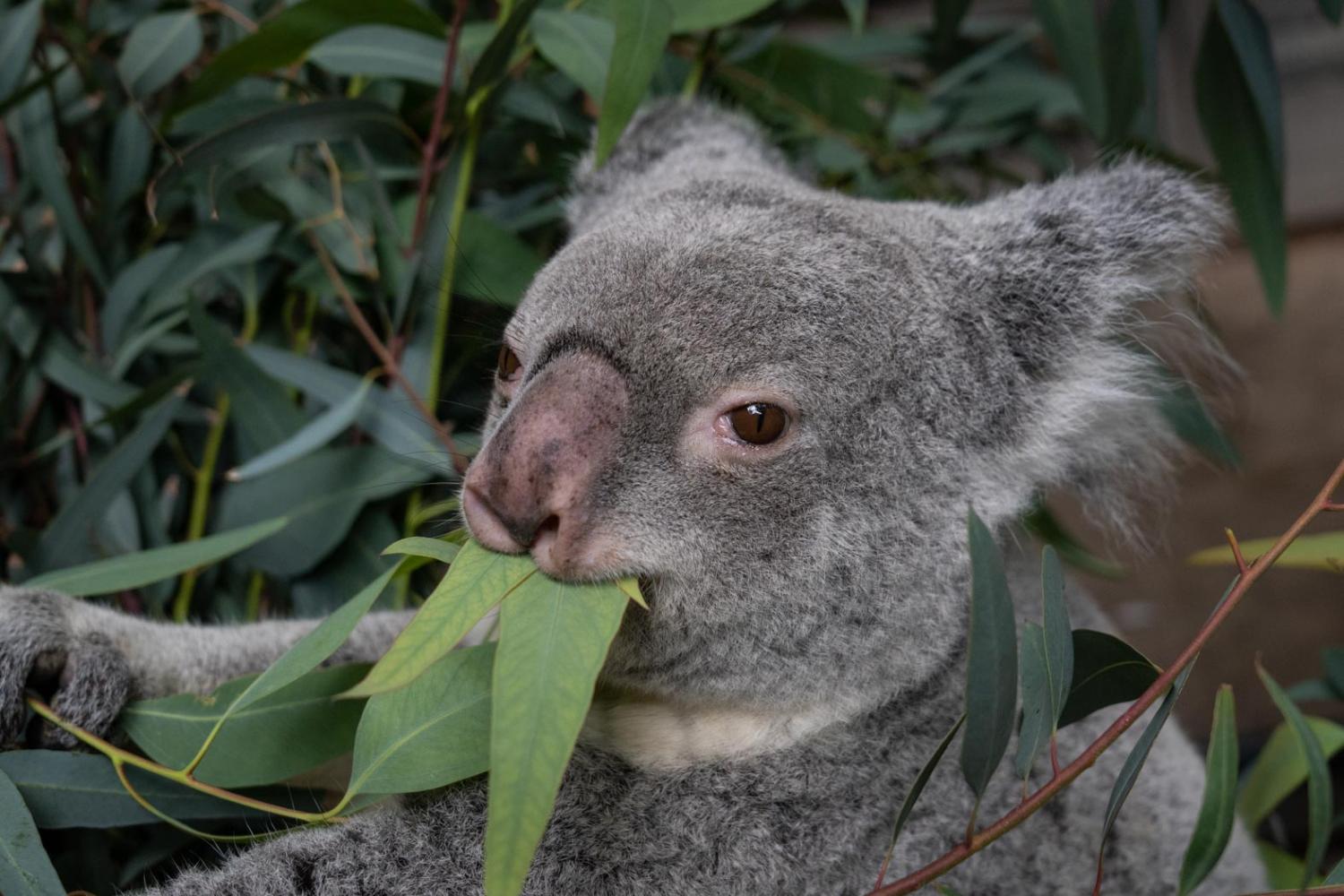
Multi-Functional Sanctuaries
The Zoo’s greenhouses serve multiple purposes, housing an array of plants that not only contribute to the Zoo's stunning landscaping but also play crucial roles in animal enrichment and habitat enhancement. One might assume that plants in the greenhouse are solely for aesthetics, but the truth is far more intricate.
- Plant Diversity and Utilization. Most plants within the greenhouses are tender tropical species native to warmer climates. While some are destined for ornamental purposes around the Zoo, others serve as crucial elements within habitats, providing shade, shelter, and browsing opportunities for the animals.
- Animal Enrichment and Exhibit Enhancement. The plants cultivated within the greenhouses are integrated into various animal habitats, providing enrichment opportunities. From indoor habitats in the Australia and the Islands region to the Zoo’s several aviaries, and everything in-between, these plants play a pivotal role in replicating native range environments and promoting the wellbeing of the Zoo's residents.
- Beyond Browse: Other Uses of Plants. While browse remains a significant aspect, plants in the greenhouses also serve alternative purposes. Some are utilized as herbs, while others are strategically placed to attract pollinators and wildlife, contributing to the overall biodiversity of the Zoo as well as neighboring Zoombezi Bay and Safari Golf Club.
Technical Details
Each greenhouse spans 2400 square feet, maintaining an average temperature of 75-80°F. To prevent overheating, louvers automatically open when temperatures exceed 85°F, regulating the internal climate for optimal plant growth.
Organization and Care
Plants are meticulously organized based on their origin, care requirements, and intended destination. This systematic approach ensures optimal conditions for each specimen and aids in their seamless integration into Zoo exhibits.
Unique Features of the Greenhouses
The Columbus Zoo’s greenhouses differ from traditional ones that guests may find at retail garden centers. Operating pesticide-free, they prioritize the health and wellbeing of the plants, ensuring they remain uncontaminated as they transition to various Zoo locations.
Self-Sufficiency in Times of Crisis
The recent pandemic underscored the importance of self-sufficiency at the Columbus Zoo. With erratic shipping delays over a few years, the Zoo's reliance on its greenhouses proved invaluable, ensuring a continuous supply of essential resources for both animals and habitats.

How You Can Help
The greenhouses at Columbus Zoo stand as a testament to the organization's commitment to conservation, education, and self-sufficiency. Beyond their functional roles, these structures symbolize a sanctuary of biodiversity, fostering connections between animals, plants, and visitors alike.



